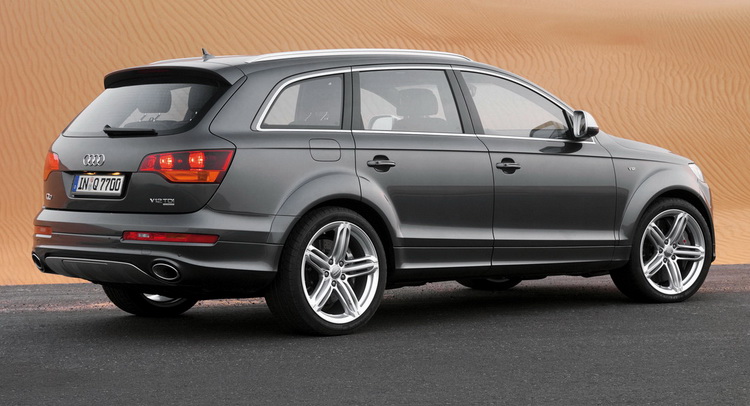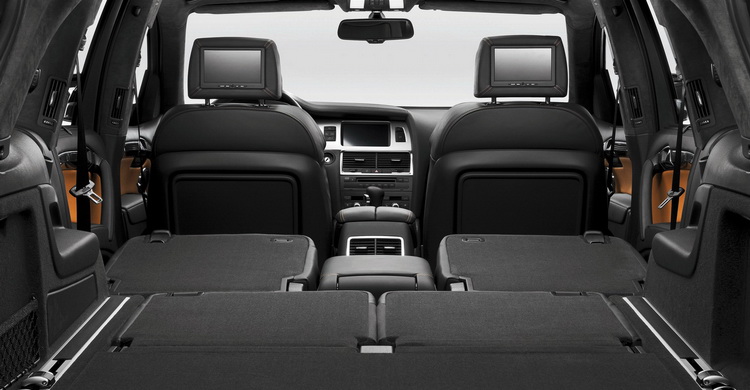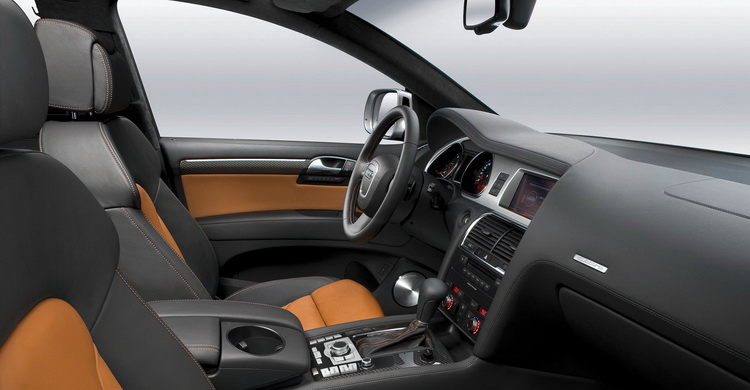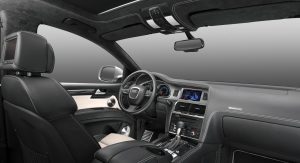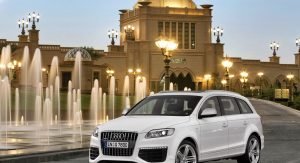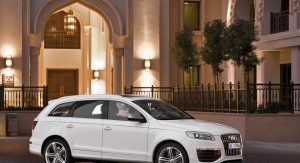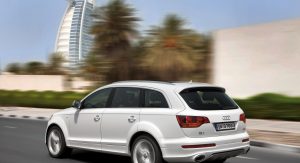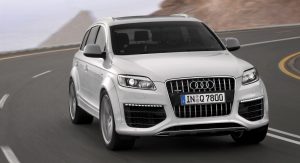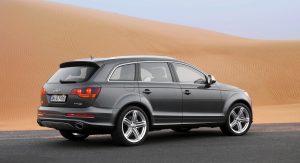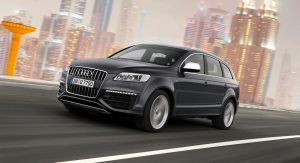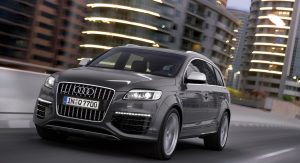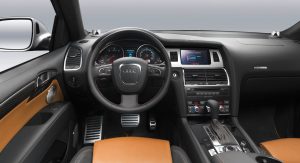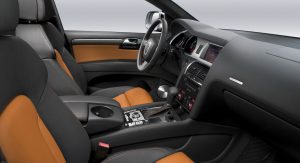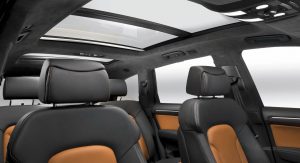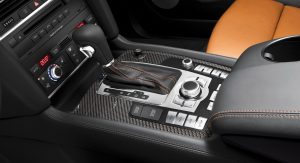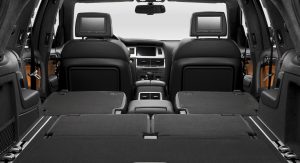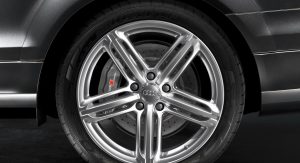Back in 2005, Audi unveiled a full-size luxury SUV called the Q7 and the world stopped to admire what was to become one of their most successful models.
But this piece isn’t about how successful the Q7 was. Sure, Audi sold a boatload of units, especially in 2007 when European sales hit the 41,000 mark, though not even these types of numbers could do it justice.
Even though the Q7 shared its platform and chassis with the Porsche Cayenne and VW Touareg, it had very little else in common with those two – apart from the power units, of course.
The Q7 was bigger, bolder and more practical than its rivals. And you can add the BMW X5 as well as the Mercedes-Benz M-Class to that list. Yes, you could have gotten a Range Rover or an Escalade if you wanted to go really big, but neither of those models drove as well as the Q7 did. By the way, neither did the GL.
In my experience, the first-gen Audi Q7 always felt a little bit like a very large A6 Avant. You could get a strong sense of how big it was when you were behind the wheel, but once you started to drive it, it felt surprisingly nimble (if we could call it that), compared to everything else except for the X5 and the Cayenne.
If you live in the U.S, then you’re probably used to seeing soccer moms take their kids to practice in a Q7, but if you live in Europe, you’ll notice lots of different types of people driving one – and not just because of how practical it was.
Let’s start with that!
Reason #1 – It had Starship Enterprise-levels of roominess
Since ‘Utility’ is a big part of what makes an SUV (probably the biggest, actually), the Q7 had very little to fear from its rivals at the time.
With more room, more seats, more cargo space and plenty of storage spaces inside, the Audi Q7 was THE choice for anybody who wanted to take plenty of long family vacations and not worry about their kids not having enough room in the back.
You see, a long time ago, I called the Audi Q7 the “ultimate family car”. Now I realize that all of its attributes made it the “ultimate SUV” as well. Just get behind the wheel of one and it’s impossible not to see just how useful of a car this would be.
Reason #2 – It drove like a big Avant model
I’m not saying that it had really sharp handling, comparable to a Cayenne or an X5, but the Q7 didn’t feel like this big lumbering thing while on the road. In fact, it always felt more dynamic to me than the ML or the Touareg, not to mention anything from Land Rover.
Driving the world’s most practical premium SUV, and feeling at peace with its dimensions and driving characteristics really is priceless for some people. Sure, I’d rather drive an X5 if it was just me (same goes for a small family), but add more people to the mix and you’ll see that there aren’t any boxes that the Q7 won’t tick.
Honestly now, if I had to embark on a really long road trip (thousands of km/miles) and could choose any SUV in the world as my go-to car (current generation models excluded), I would take the Q7 just because I felt that it offered the most relaxing drive.
Which brings us to…
Reason #3 – Most comfortable car in its class? Hands down
In terms of comfort, the first-gen Q7 surpassed all of its rivals. Keep in mind, comfort isn’t just about how roomy it is inside, how much headroom, legroom and so on. It’s also about sitting position, the seats themselves, handling characteristics, drivetrain and suspension.
Put everything together and the scale tips wholeheartedly in favor of the Q7 over everybody else.
As for when I said that I would take the Q7 on a long road trip over anything else, I’d probably stick to that plan even if they’d let me choose a big luxury saloon like the A8. The higher seating position of the Q7 also relaxes you more while you drive, since better visibility equals less stress.
Reason #4 – Stick to TDI engines and you’ll be fine
I’ll admit, the Q7 was never the most fuel efficient SUV you could buy. Its size and most of all its weight made it hard for Audi to say that it was a particularly efficient car.
On top of that you had rev-needy petrol engines that felt less refined than the diesels – precisely because you had push them in order to get any sort of pace from the Q7. The TDI’s torque was always the solution.
Most popular unit is of course the 3.0 liter V6 turbo-diesel that got better and better as the years went by – especially after the facelift. Again, it would never blow you away with its fuel economy (especially in the city), but it was capable enough so as to not make you feel like you were driving a slow car.
In fact, hitting 100 km/h (62 mph) in 8.5 seconds is pretty good for a car that weighed, get this, 2,370 kg (5,224 lbs).



